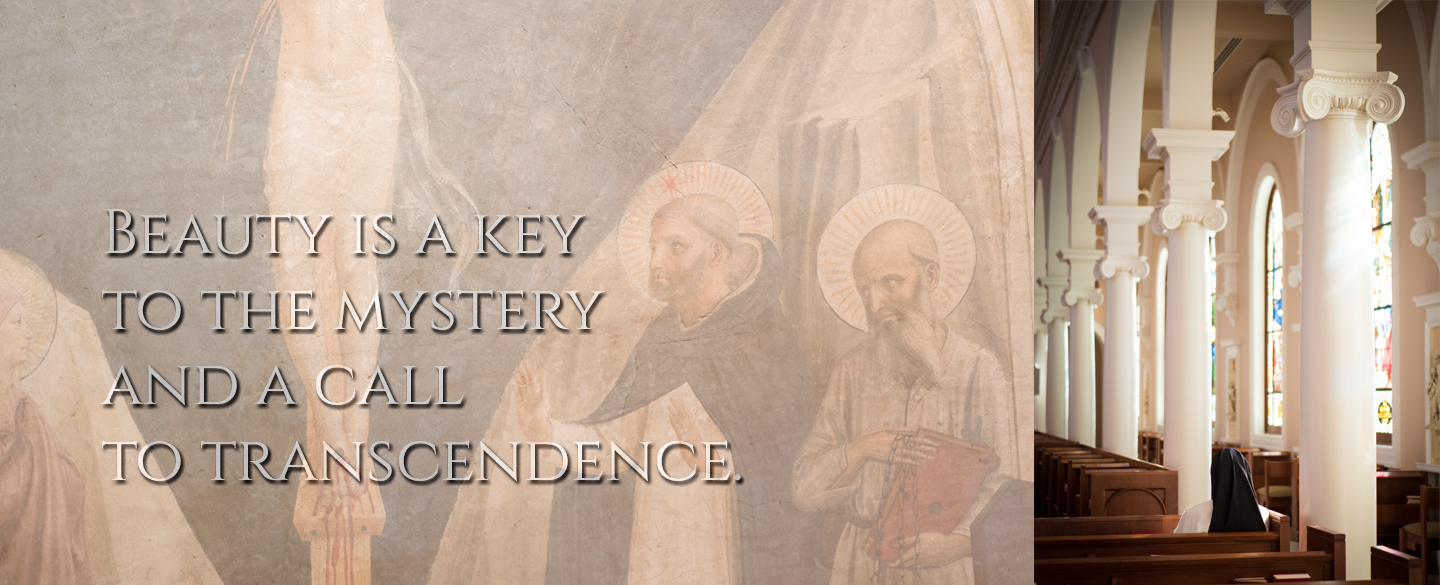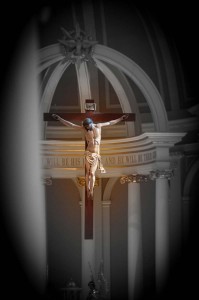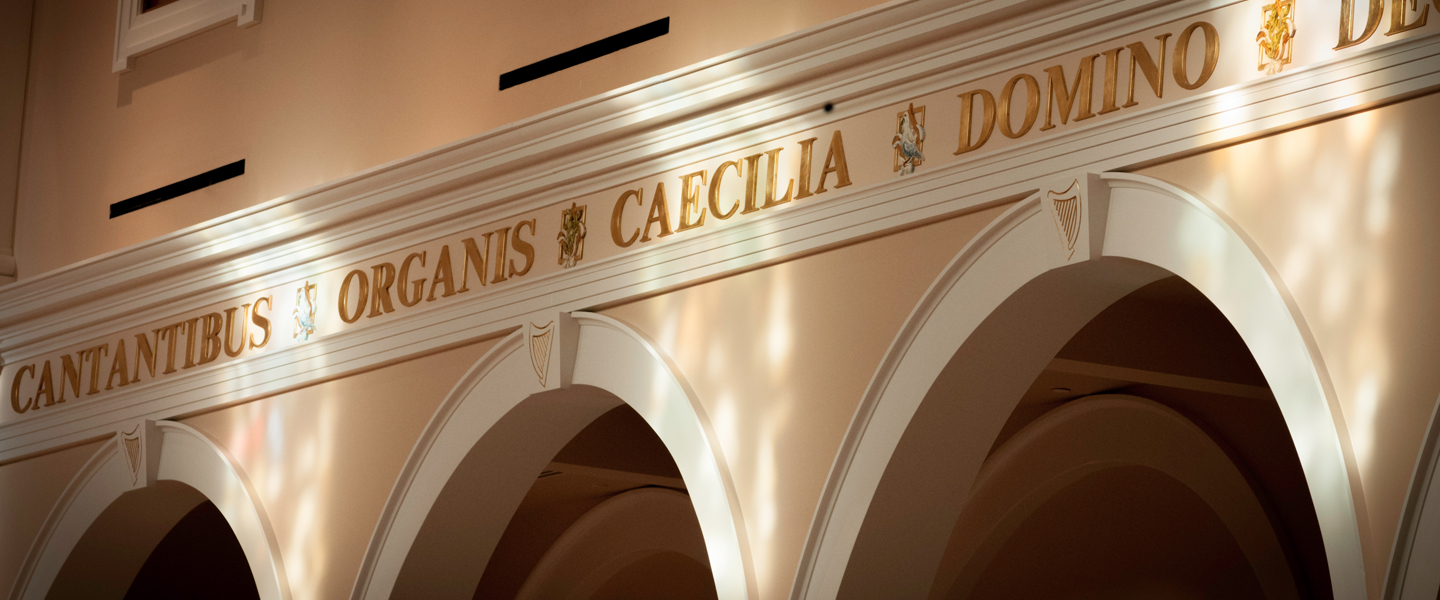
Beauty is a key to the mystery and a call to transcendence. It is an invitation to savor life and to dream of the future. That is why the beauty of created things can never fully satisfy. It stirs that hidden nostalgia for God which a lover of beauty like St. Augustine could express in incomparable terms: ‘Late have I loved you, beauty so old and so new: late have I loved you!’ (Letter to Artists, 16)
 “I have often said and I am convinced that the true apologetics for the Christian message, the most persuasive proof of its truth, offsetting everything that may appear negative, are the saints, on the one hand, and the beauty that the faith has generated, on the other”, wrote Cardinal Ratzinger in a meditation.[1] This “apologetics” of beauty is one which Dominicans—like Blessed Fra Angelico—intuitively understand. Consistent with the Dominican emphases on the goodness of creation, the Providence of God, the Incarnation of Christ and the reality of grace is the idea that beauty has the power to turn hearts to God.
“I have often said and I am convinced that the true apologetics for the Christian message, the most persuasive proof of its truth, offsetting everything that may appear negative, are the saints, on the one hand, and the beauty that the faith has generated, on the other”, wrote Cardinal Ratzinger in a meditation.[1] This “apologetics” of beauty is one which Dominicans—like Blessed Fra Angelico—intuitively understand. Consistent with the Dominican emphases on the goodness of creation, the Providence of God, the Incarnation of Christ and the reality of grace is the idea that beauty has the power to turn hearts to God.
Naturally enough, the apologetics of beauty has a missionary overtone that rings true in our apostolate: by it, we are able to proclaim Christ, “the infinite beauty which alone can fully satisfy the human heart” (Vita Consecrata 16). The arresting power of beauty—its ability to make one stop, look, ponder, and remember—continues to exert its influence in an age that might resist formal exposition: an age where the Gospel seems to be old news rather than Good News. In our apostolate, we propose art, music, and literature that evoke a sense of awe and wonder, and which stimulate a thirst for the beauty “which alone can fully satisfy”.
While beauty speaks profoundly within the apostolate, its power is first felt within the convent walls. The beauty we share as a fruit of contemplation is what we ourselves have first contemplated—and as Pope Francis wrote in Evangelii Gaudium, “The Church is an evangelizer, but she begins by being evangelized herself” (15). We are evangelized by the art and architecture of our Motherhouse, whose simplicity and beauty aid us in our union with God. Looking on “whatever is lovely, whatever is gracious” (Philippians 4:8), we are moved to seek their Maker, not only with our senses and emotions, but with our mind and will. Encountering Christ by pondering His mysteries, we are renewed by “the genuine, the ultimate beauty: the beauty of love that goes ‘to the very end.’”[2]
[1] Ratzinger, On the Way to Jesus Christ, 38 [2] Ratzinger, 39


 Back
Back